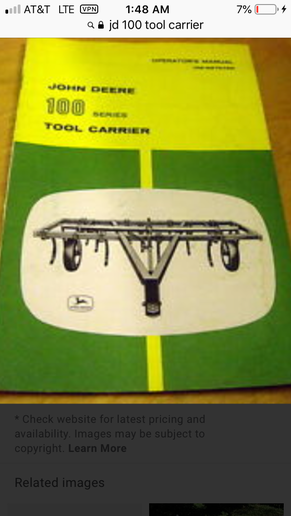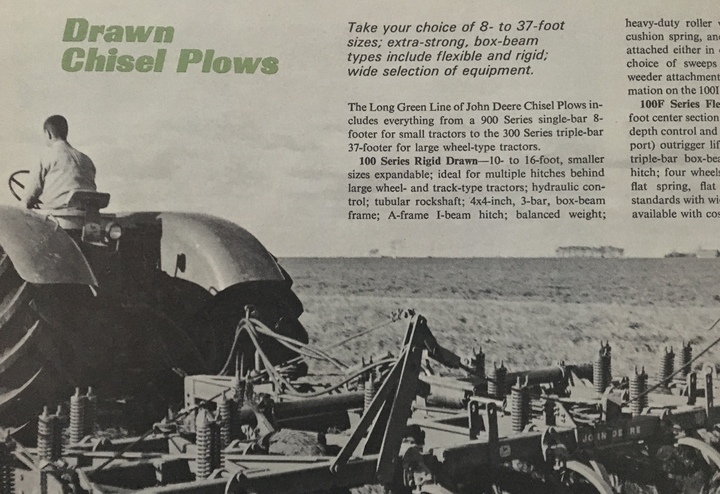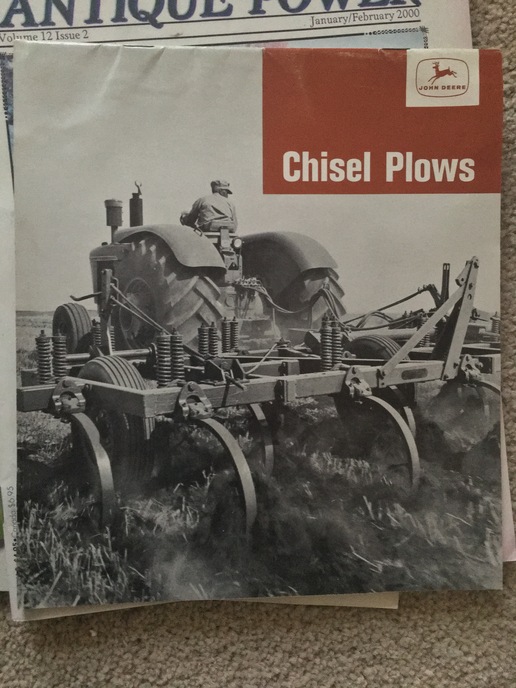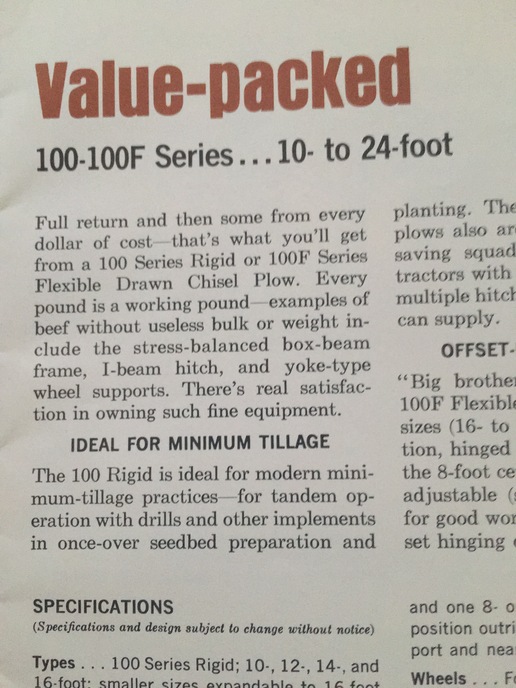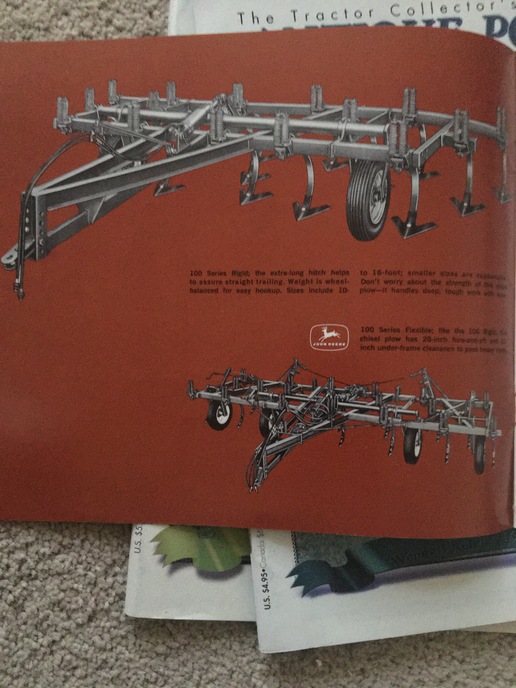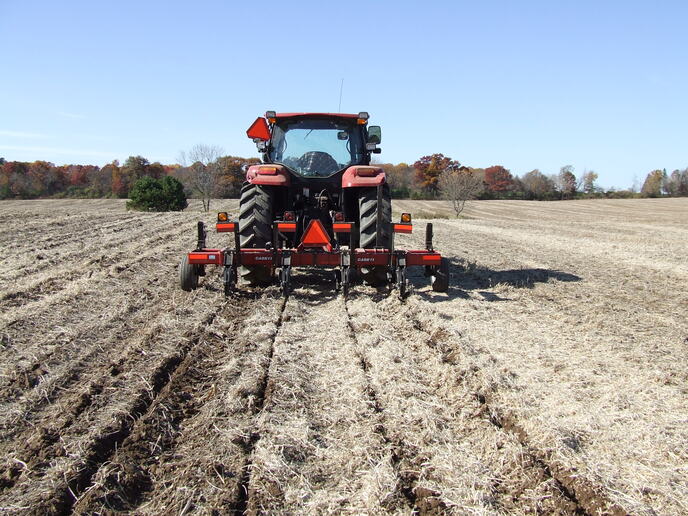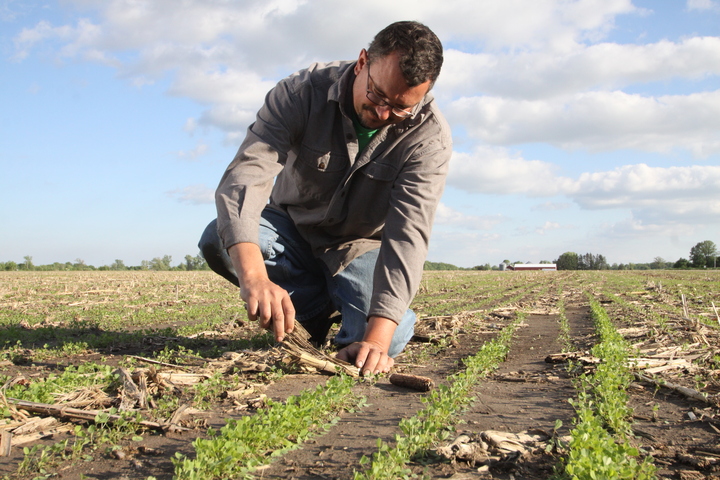coonie minnie
Well-known Member
I thought I'd send a few pictures of where my family has been with tillage, and why we've abandoned the plow for no-till, and found success.
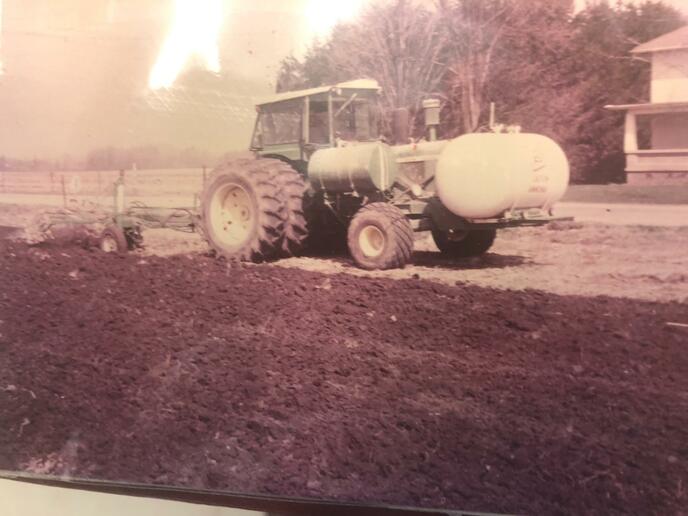
1970... my dad in the 5020 pulling 8x16's. Anyhydrous ammonia going down to feed the years corn crop.
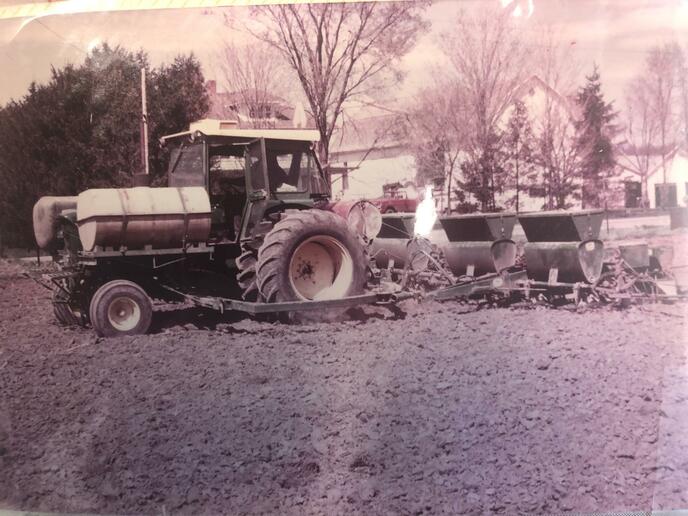
Planting 1970 style. Still have the 4020, drove it today.
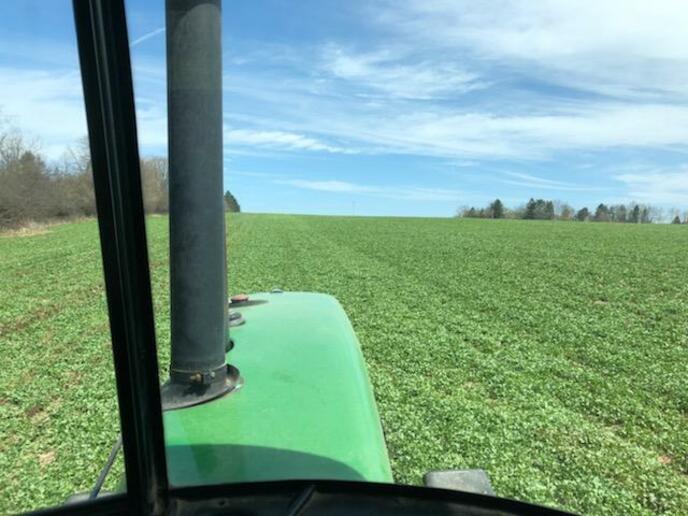
Planting this spring... no plow, no disk- one pass with the planter into alfalfa sod. John Deere 4455 on a 7200 6 row planter. Despite a smaller planter and much more acreage, it's easier to get done in a timely fashion when you are only making one pass.
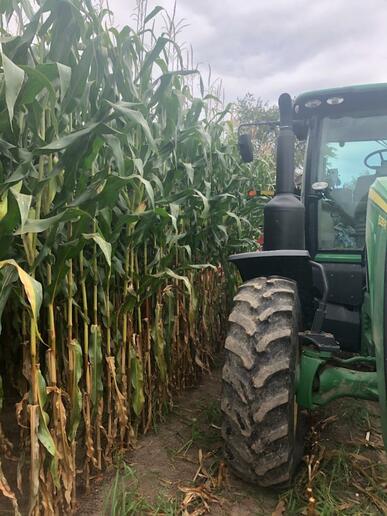
A healthy crop. Not the best we've grown, but a decent crop of silage corn, no-till planted into alfalfa. Only 10 lbs of commercial N fertilizer applied as starter, the rest came from the previous crop of alfalfa and an application of manure the year before.
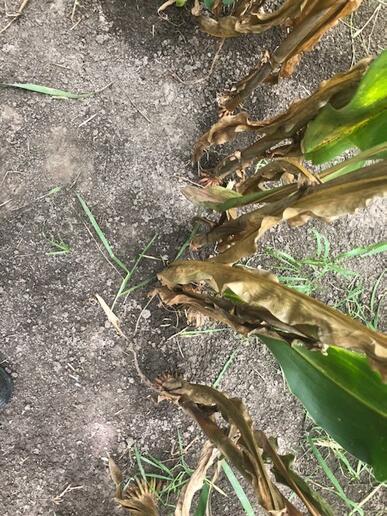
My idea of healthy soil. Note all the pores- no-till doesn't mean no tillage, but instead no tillage by tractors. All those little lumps are earthworm mindens. They've eaten all the old crop residue, and incorporated any manure spread. They've done the work for us, like nature intended. The soil is firm, but very porous, with much more water infiltration ability than with tillage.
The 1970's stuff was fun, but it took a lot of capital, time, fuel, and wear parts. Today we can grow twice the crop with less fertilizer, less fuel, and less time. Yes, we use herbicides, but we did back in 1970, too.
I'm sure there are a few here that will say "that doesn't work here" etc. It does work here, and allows us to farm full time with no outside income. I'm proud of what we do, so thought I'd share.

1970... my dad in the 5020 pulling 8x16's. Anyhydrous ammonia going down to feed the years corn crop.

Planting 1970 style. Still have the 4020, drove it today.

Planting this spring... no plow, no disk- one pass with the planter into alfalfa sod. John Deere 4455 on a 7200 6 row planter. Despite a smaller planter and much more acreage, it's easier to get done in a timely fashion when you are only making one pass.

A healthy crop. Not the best we've grown, but a decent crop of silage corn, no-till planted into alfalfa. Only 10 lbs of commercial N fertilizer applied as starter, the rest came from the previous crop of alfalfa and an application of manure the year before.

My idea of healthy soil. Note all the pores- no-till doesn't mean no tillage, but instead no tillage by tractors. All those little lumps are earthworm mindens. They've eaten all the old crop residue, and incorporated any manure spread. They've done the work for us, like nature intended. The soil is firm, but very porous, with much more water infiltration ability than with tillage.
The 1970's stuff was fun, but it took a lot of capital, time, fuel, and wear parts. Today we can grow twice the crop with less fertilizer, less fuel, and less time. Yes, we use herbicides, but we did back in 1970, too.
I'm sure there are a few here that will say "that doesn't work here" etc. It does work here, and allows us to farm full time with no outside income. I'm proud of what we do, so thought I'd share.


